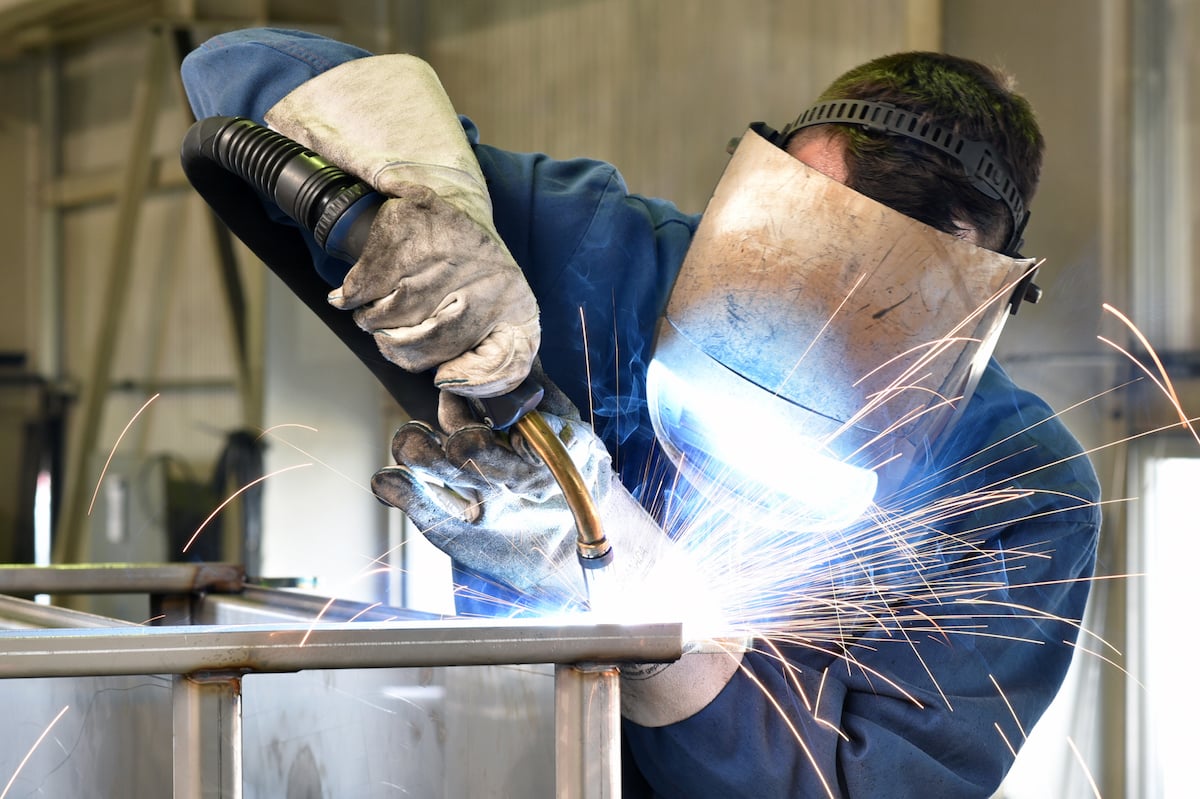
The Future of Welding: Trends and Innovations to Watch
Key Takeaways:
Table of Contents
Toggle- Welding technology is rapidly evolving, with new trends and innovations emerging.
- The integration of automation and AI is redefining welding processes and increasing efficiency.
- Environmental sustainability is becoming a priority in welding practices.
- Advancements in materials science are resulting in more robust and lighter welds.
Table of Contents:
- Automation and AI Integration
- Sustainability in Welding
- Advancements in Materials Science
- Safety Enhancements in Welding
- The Role of Education and Training
- Emerging Welding Techniques
- Future Prospects and Careers in Welding
Automation and AI Integration
The welding industry is experiencing a technological renaissance, primarily driven by the integration of automation and AI. The standards of precision, cost efficiency, and overall productivity are being reshaped by these advancements in technology. One noteworthy advancement is the deployment of AI-equipped robots capable of adapting to variations in materials and welding processes. This adaptability ensures consistent, high-quality welds with fewer defects, making it a game-changer for industries requiring utmost accuracy, such as aerospace and automotive manufacturing. These technological innovations are shaping the future of welding, promising greater efficiency and superior quality.
Sustainability in Welding
In recent years, the welding industry has significantly emphasized environmental sustainability. The development of recyclable welding materials and energy-efficient techniques is gaining momentum. These sustainable practices help reduce welding’s ecological footprint and translate into cost savings for businesses.
For instance, eco-friendly fluxes and low-emission welding processes are a step towards more sustainable manufacturing. As industries prioritize eco-conscious practices, adopting these innovations will likely become standard. Companies like CK Worldwide are pioneering the introduction of robots and automated systems into welding processes. The shift towards sustainability is supported by a growing body of scientific research that underscores the importance of minimizing environmental impact in manufacturing processes. By adopting these sustainable practices, the welding industry can contribute significantly to global efforts to combat environmental challenges.
Advancements in Materials Science
Materials science is a cornerstone of the welding industry’s evolution. Researchers continuously develop new materials with superior strength, durability, and weight characteristics. Innovations such as high-strength steel, aluminum alloys, and composite materials are transforming welding practices. Industry experts predict that the prevalence of these technologies will continue to rise, as evidenced by their increasing coverage in recent industry reports.
These advancements enable the production of more robust and lightweight structures, which are particularly advantageous in sectors like aerospace, where performance and efficiency are paramount. The ongoing developments in materials science promise to introduce even more groundbreaking materials that will further enhance the capabilities of welding processes. With these new materials, welders can achieve more muscular, more reliable welds, creating higher-quality products across various industries.
Safety Enhancements in Welding
Safety has always been a critical concern in the welding industry, and recent advancements are making the profession safer than ever. Innovative protective gear, such as auto-darkening helmets and advanced fire-resistant clothing, is helping to mitigate the risks associated with welding activities.
Moreover, improved ventilation and fume extraction systems play a crucial role in enhancing the working environment for welders. These technologies significantly reduce exposure to harmful fumes and particulates, promoting better health outcomes for workers. As safety standards continue to rise, adopting these advanced protective measures is expected to become more widespread. By prioritizing safety innovations, the welding industry ensures a safer and healthier working environment for welders.
The Role of Education and Training
With the rapid evolution of welding technology, comprehensive education and training programs are more critical than ever. Modern training programs incorporate lessons on new techniques and the operation of advanced machinery, ensuring that the workforce remains skilled and competent.
Hands-on training with cutting-edge equipment is essential for preparing the next generation of welders. This hands-on experience ensures welding professionals can utilize the latest tools and techniques. By staying current with technological advancements, welders can maintain high quality and safety standards in their work. Continuous investment in education and training is crucial for the sustained growth and success of the welding industry, enabling it to meet the demands of a rapidly changing technological landscape.
Emerging Welding Techniques
The welding industry is witnessing the rise of several new techniques that offer unique advantages over traditional methods. Two prominent examples are friction stir welding and laser welding, which enhance precision and efficiency.
Friction stir welding excels in joining lightweight materials such as aluminum, making it ideal for applications where weight reduction is crucial. On the other hand, laser welding offers high-speed, high-precision capabilities, making it suitable for various complex tasks. As these techniques become more refined and accessible, their adoption is expected to grow, further advancing the welding industry’s capabilities. By leveraging these emerging techniques, welders can achieve higher productivity and better-quality results, opening new possibilities for innovation in welding applications.
Future Prospects and Careers in Welding
The future of welding holds promising prospects for skilled professionals. With continuous technological advancements and a growing demand for proficient welders, numerous opportunities exist across construction, manufacturing, and repair services.
By staying updated with the latest trends and continuously enhancing their skills, welders can position themselves for successful and rewarding careers. The welding industry is evolving rapidly, and those who embrace change and innovation will undoubtedly thrive. Careers in welding are expected to grow, driven by the industry’s commitment to adopting new technologies and improving practices. As the demand for skilled welders rises, individuals with advanced knowledge and skills will find abundant opportunities for growth and success.



